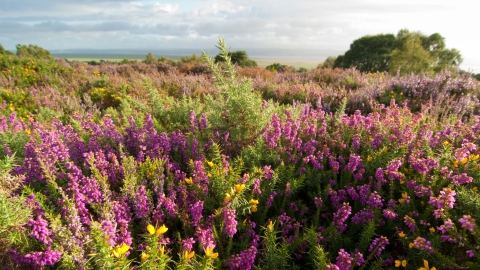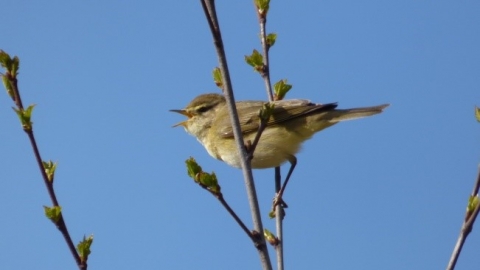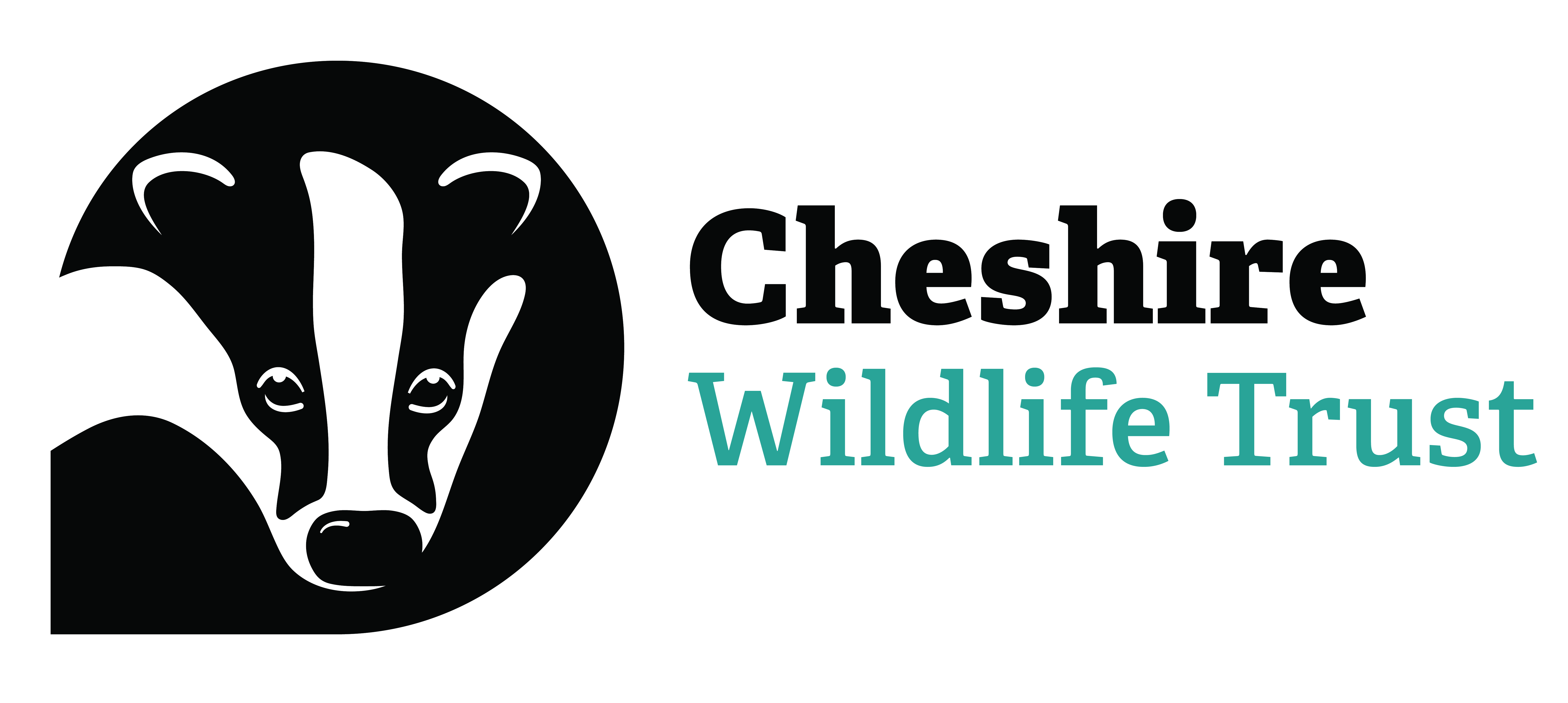
Cleaver Heath c. Andrew Walmsley

Cleaver Heath

Willow warbler

Common blue
Cleaver Heath and Dee Estuary c. Claire Huxley
Know before you go
Dogs
When to visit
Opening times
Open at all timesBest time to visit
March to June is best for singing birds. Butterflies are abundant on sunny days in May to August. The Heather and Western Gorse are most colourful in July and August. The sunsets can be spectacular all year round. A variety of fungi can be seen in autumn.About the reserve
With stunning views sweeping across the Dee estuary, Cleaver Heath is an important heathland on the Wirral and the perfect reserve for an evening stroll at sunset.
A carpet of purple shades of heather and bright yellow gorse in summer is bisected by a footpath running lengthways through the reserve allowing close-up views of the heathland plants and insects. You may be lucky and come across a common lizard basking on the paths or scuttling from one side to the other.
Near the main entrance, a range of flowering plants usually attract a variety of butterflies. The surrounding woodlands are home to a wide range of woodland birds all year round as well as a range of visiting warblers which come to breed in summer. Linnets also breed here. Kestrels are often seen hunting voles in the heath . Winter visiting birds include woodcock and redwing.
A total of 50 bird species have been recorded here. An important component of the habitat here is the scrub associated with the heathland. This provides cover and feeding opportunities for all sorts of wildlife. Mammals seen include foxes, badgers, bats, voles and shrews.

